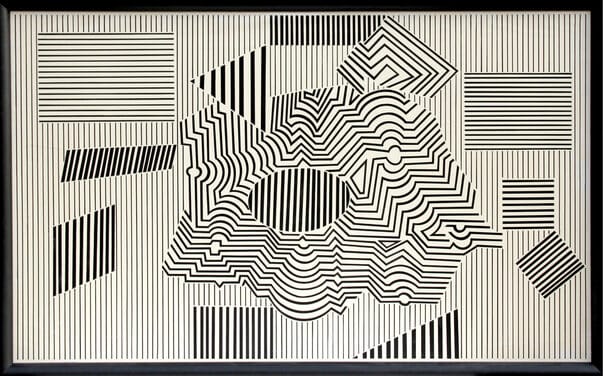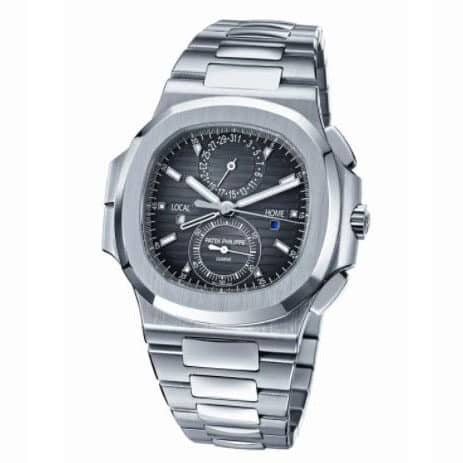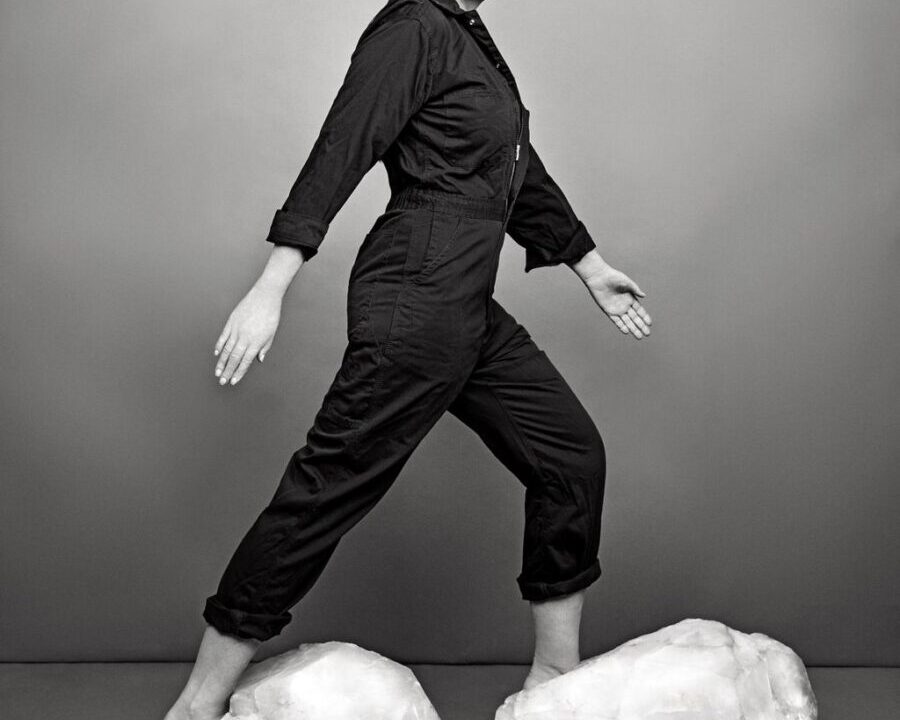The Value of the Works of Victor Vasarely
Victor Vasarely was a Hungarian visual artist and graphic artist who is often referred to as the “father” of Op Art for his optically complex and illusionistic paintings. He spent the course of a long career seeking an approach to art-making that was deeply social. Vasarely placed primary importance on the development of an engaging, accessible visual language that could be universally understood. He believed this language to be a geometric abstraction, more commonly known as Op Art. Vasarely created eye-popping paintings full of the illusion of depth, movement, and three-dimensional using precise combinations of lines, geometric shapes, colors, and shading.
Originating the Style of Op Art
The style of Op Art was popularized in the 1960s. It can be characterized by dramatic visual effects with colors and contrasts that sometimes make it difficult for the eye to identify the subject. Op painting uses a framework of purely geometric forms as the basis for its effects. It also draws from color theory and the psychology and physiology of perception. While Vasarely was one of the originators of this style, other leading figures include Bridget Riley and Jesus Rafael Soto.
The Life of Victor Vasarely
Victor Vasarely was born in Hungary in 1908 as Vásárely Gyözö. He began his academic career as a medical student at Budapest University in 1927 but abandoned his medical studies shortly thereafter and started to study painting under teachers including László Moholy-Nagy.
After his first solo exhibition in 1930 at the Kovacs Akos Gallery in Budapest, Vasarely moved to Paris where he devoted himself to the graphic arts. He worked at several advertising agencies to support his work during this time. Works from this period were frequently abstract patterned and figurative and include Zebra (1937), which is considered by some to be one of the earliest examples of Op Art.
During the 1940s, Vasarely experimented with a style based on Surrealism and Abstract Expressionism before arriving at his hallmark checkerboard paintings.
Throughout the 1950s, he wrote a series of manifestos on the use of optical phenomena for artistic endeavors. These manifestos were an essential influence on younger artists at the time.
In 1959, Vasarely became a naturalized French citizen. Much of his work is housed in the Vasarely Museum at the Château de Gourdes, in southern France, and the Vasarely Museum in Budapest.
In 1970, the artist established the Vasarely Foundation. This took up quarters in 1976 in a building Vasarely designed near Aix-en-Provence.
Vasarely died on March 15, 1997, at the age of 90 in Paris, France. His prints, paintings, collages, and sculptures are represented worldwide in numerous exhibits.
The Development of Vasarely’s Works
Vasarely’s first solo show in 1944 showcased his fully abstract signature style. Several geometric abstractionists including Kazimir Malevich and Piet Mondrian greatly influenced him.
Influenced by his experiences at Breton Beach of Belle Isle, Vasarely discovered his place in abstract art around 1947. He conceived that form and color were inseparable, noting “Every form is a base for color, every color is the attribute of a form.” In his paintings, forms from nature were transposed into purely abstract elements.
In his Homage to Malevich series, Vasarely adopted Malevich’s Suprematist black square and used it as a foundation from which to construct vibrant optical effects.
Much of their work of Vasarely has also been in response to modern technological progress. He often based his abstractions on mathematical calculations and scientific theories, considering his work to have a direct, visually perceptible correlation to energy, space, matter, movement, and time.
Although he was an early participant in Kinetic art, it was the influential exhibition The Responsive Eye, held at the Museum of Modern Art, in New York in 1965 that solidified Vasarely’s significance as an OP artist.
Notable Contributions & Awards
Vasarely won numerous awards and prizes later in his career. These included the following:
- The Guggenheim Prize in New York in 1964
- Membership to the French Legion of Honour in 1970
Before his death on 15 March 1997, Vasarely founded several museums dedicated to his work across Europe. His work can be found in the Museum of Modern Art, the Centre Pompidou, and the Metropolitan Museum of Art, among others.
Vasarely’s works are presently held in the collections of the Albright-Knox Art Gallery in Buffalo, the Art Institute of Chicago, the Tate Gallery in London, and the Peggy Guggenheim Collection in Venice.
A temporary exhibition of Vasarely’s work entitled Le Partage des Formes was held in 2019. It was displayed in the Centre Georges Pompidou in Paris.
The Value of Vasarely’s Works at Auction
The iconic nature of this artist’s work has led to promising valuations at auction. According to Sotheby’s Mei Moses, the average compound annual return for Victor Vasarely is 5.2%, with 76.4% of works increasing in value.
The most expensive piece of art from Vasarely noted in a database was sold by Sotheby’s auction house in 2010 for £565,250(ca. US$883,090).
Vasarely’s popular work, Zèbres (Zebras), was estimated at 250,000 GBP – 350,000 GBP and was sold for 485,000 GBP. This 1937 work set the course for Optical Art in the 20th century.
Phillips auction house estimated Axo-99, a three-dimensional wooden multiple with acrylic in colors done in 1988, at £6,000 – 8,000 and it sold for £13,750.
Vasarely’s work, CTA 102, was held at auction as part of Making Modern: Property From The Collection Of Florence Knoll Bassett. This 1965 painting was estimated at 80,000 USD – 120,000 USD and it sold for 112,500 USD.
Add the Works of Victor Vasarely to Your Collection
Art connoisseurs and collectors interested in the works of Victor Vasarely can keep an eye out for live auctions at Dania Beach if they would like to add some of the works of this great artist to their collection. Auction houses offer opportunities to participate from around the world through phone bidding and online bidding.
Selling the Works of Victor Vasarely
Do you have works by Victor Vasarely or works by Paul Evans that you are interested in selling, appraising, or cosigning? Call Joshua Kodner today, and ensure you receive the true value of your property.





